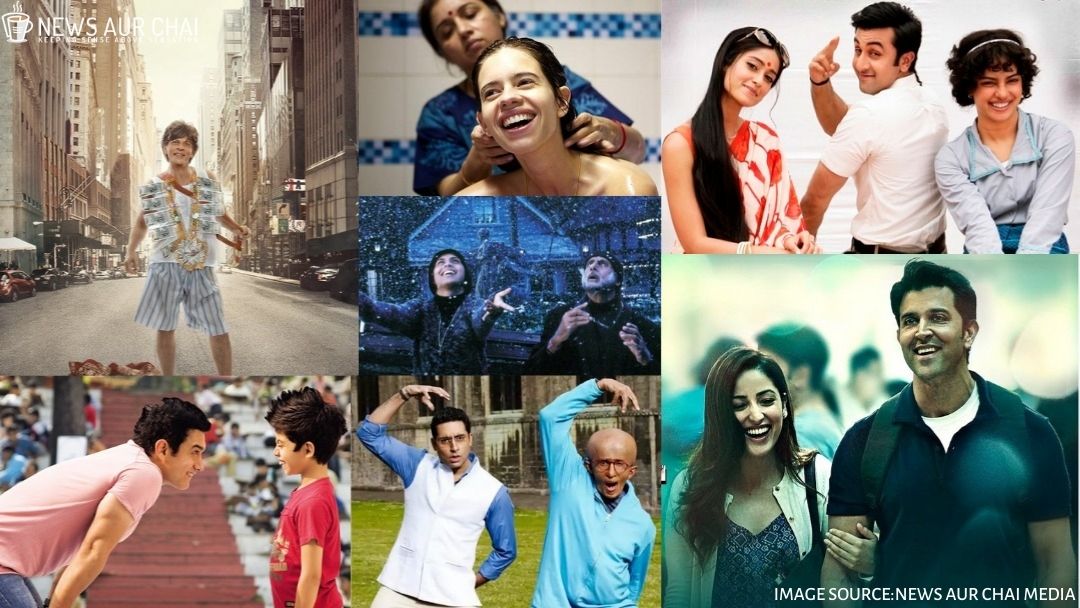
How often have you chuckled at the burlesque of the iconic character of Thakur from Sholay? Or guffawed at Tusshar Kapoor’s ‘mute’ character in Golmaal? and failed to take cognizance of unconsciously jeering the character’s disability? Well, that is how absurdly our cinema has portrayed disability. Cinema has often impersonated disability with mockery, caricaturing, sympathy on one hand and commiserating with the characters on the face of discrimination, emotion, self pitied, coping up with the aspiration of the human soul on another. More often than not, Bollywood fails to do justice to capture the essence of the specially-abled characters in its truest sense.
Cinema has a prominent niche in society and reflects the real through reel life. As much as it is a medium of entertainment, it also serves as a means to educate and bring a behavioural shift in its audience. The extensive reach of cinema is not just limited to India but is worldwide, hence it is to be used judiciously in uprooting such societal stereotypes.
The odious behaviour, stigma and mockery have often consorted with disability and represented as a punishment worse than death. The earliest portrayal of disability as punishment was in the 1936 Bombay Talkies film, Jeevan Naiya.
Indian cinema for long has portrayed disability as the ultimate punishment for all the sins committed in this life or reverberation of past life wrongdoings.
In Netrikkan (1979), the climax portrays coquetting Rajnikanth ending up on a wheelchair in consequence of his lecherous ways through the film (also highlighting the de-sexualization of the disabled). However, during the seventies, Gulzar through the movie “Koshish” released in 1971, attempted to combine a narrative of basic discussion of sign language and independent living for the deaf.
In the eighties, Sparsh depicted the potential and the challenges that impede the success of blind people. As the movie hit the theatre, Blind Relief Association funds doubled and spurred the discourse surrounding the disability movement in the 1980s.
Slowly as cinema evolved encapsulating the societal quintessence, narratives swerved; disability promptly witnessed equivalence to heroism. Films such as Dushman (1998) and Aankhen (2002) characterize blind protagonists using their “sixth sense” to overcome life’s predicaments. However, the characters were no longer engulfed in self-pity, but such movies too had distorted reality and raised no awareness about people living with disabilities.
There have been a few movies that attempted to capture their life realistically and have played a crucial role in generating awareness. Films such as Main Aisa Hi Hoon (2005), Black (2005), Taare Zameen Par (2007), Barfi!(2012)and Margarita with a Straw (2014) have done well both critically and commercially to bolster change in society’s attitude toward disability.
Taare Zameen Par, a movie dealing with issues of a dyslexic child, was a huge success in raising awareness. Soon after the release, the Central Board of Secondary Education (CBSE) issued a notice to permit students with disabilities extra compensatory time to complete their exams; many runway shows raised funds on demands of the customers and donated to disability organizations.
Likewise, Margarita with a Straw touched upon a range of themes: sexuality, growing up, the strength of the family structure. Kalki Koechlin’s Laila gave an exhilarating likeness of a young woman with cerebral palsy.
The cinema for long has dwelled on the idea of disable person either lurking or banished or in search for restoring “normalcy” to their life and hence instead of generating awareness, cinema ended up either exploiting the character’s disability for comic relief or in a negative light or pity.
Cinema needs to sensitize the issue to raise awareness and establish a space for the disabled protagonist to represent the community with potential and independence and instead of resorting to societal stereotypes. Cinema and media should be effectively used as a medium to disperse the discourse and put an end to the age-old morose portrayal of disability in India.





